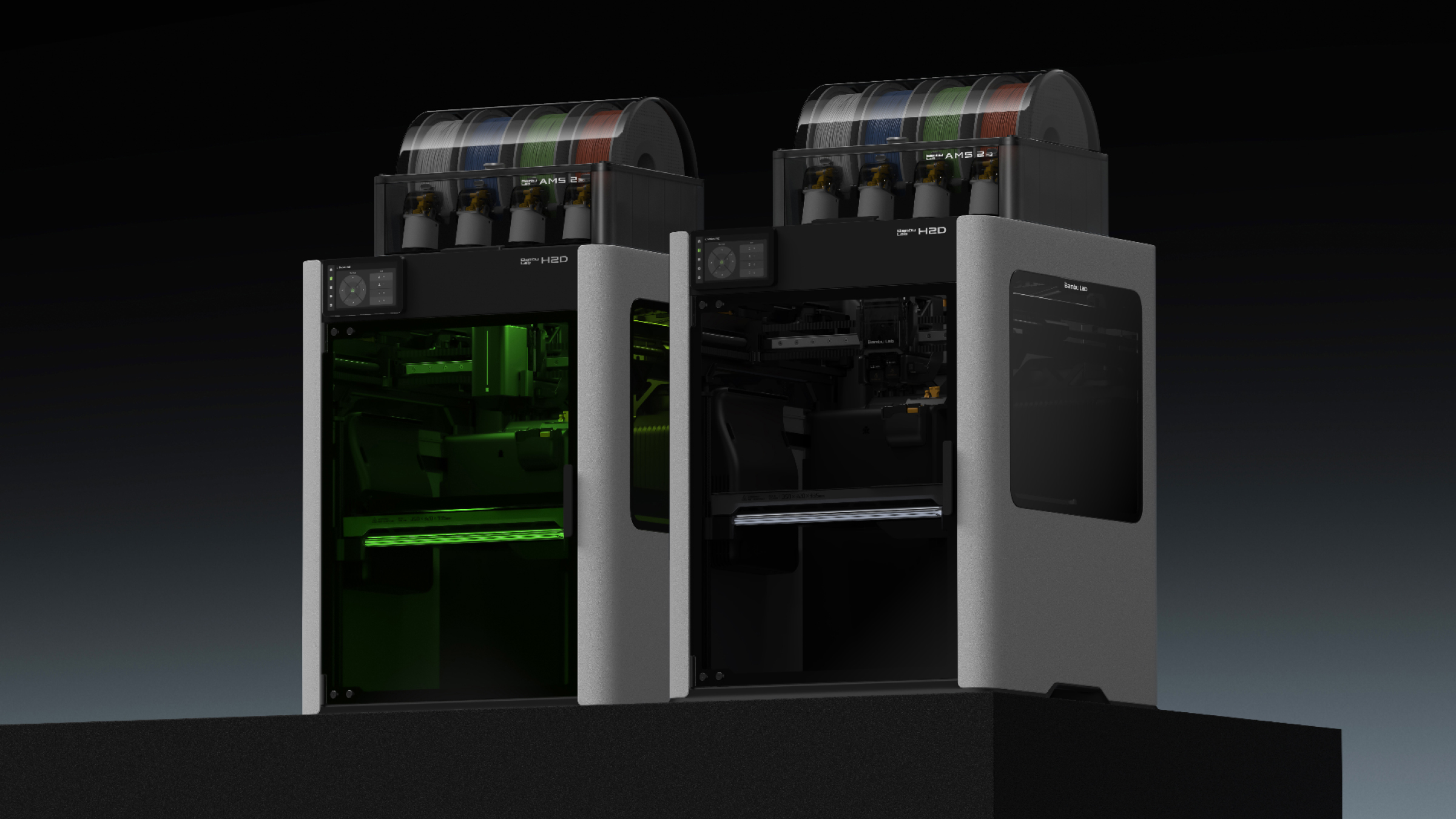Real-world effects
Peskimo reveals how to put your vector creations out into the real world, using and to combine the illustrations in your head with the realism of the world outside your front door.
Everyone seems to be embracing photorealism and heightened reality these days, but if you're a vector character designer or illustrator without 3D modelling skills, how do you compete?
You could skip the techy bit and jump straight in with a real-life photograph. Back in issue 133, we showed you how to add some photographic realism to an illustration. Considering depth of field plays an important role in this exercise, too. The techniques are similar when you add illustrated elements to a photograph, but because the photograph is flat, you will need to create layers from the photo in which to place your own elements.
A photograph comes with its own mood and character already stamped on it, so you must react to this and pick up on the subtleties of the original photo when adding your characters to ensure they are integrated seamlessly. Shadows, highlights, reflections and composition all play an important role and should be considered and applied in the correct manner from planning right through to the final stages.
The obvious benefit of a technique like this is that it comes with a ready-made backdrop, saving you some of the time it takes to create it yourself. However, it does require a little more of your time in the finishing stages. Using some of the key Photoshop tools, you can add shadows, reflections and highlights to characters that will make them seem naturally integrated into the real surroundings.
Click here to download the support files (4.5MB)
Click here to download the tutorial for free
Daily design news, reviews, how-tos and more, as picked by the editors.

The Creative Bloq team is made up of a group of art and design enthusiasts, and has changed and evolved since Creative Bloq began back in 2012. The current website team consists of eight full-time members of staff: Editor Georgia Coggan, Deputy Editor Rosie Hilder, Ecommerce Editor Beren Neale, Senior News Editor Daniel Piper, Editor, Digital Art and 3D Ian Dean, Tech Reviews Editor Erlingur Einarsson, Ecommerce Writer Beth Nicholls and Staff Writer Natalie Fear, as well as a roster of freelancers from around the world. The ImagineFX magazine team also pitch in, ensuring that content from leading digital art publication ImagineFX is represented on Creative Bloq.
